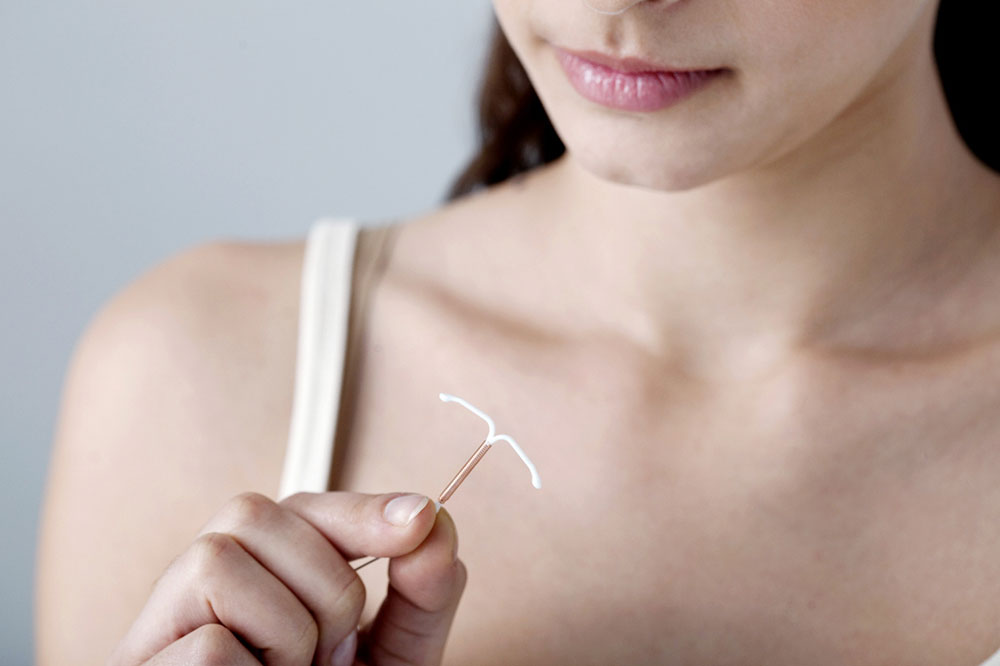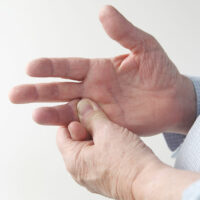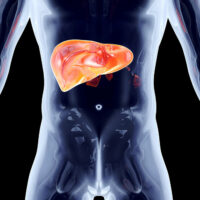6 common myths about IUD debunked

Intrauterine device, also known as IUD are one of the most effective forms of birth control, with a less failure rate. However, despite their effectiveness, many myths and misconceptions surrounding IUDs prevent some women from considering them as an option for birth control. This article will debunk six common myths about IUDs that one needs to know to provide accurate information and help women make informed choices about their reproductive health.
6 myths about IUD
Women who have children are the only ones who should use IUDs.
One common misconception about IUDs, also known as intrauterine devices, is that they should only be used by women who have already given birth to children. Women of all ages and marital statuses can use an IUD for birth control. Young women who have never given birth are drawn to IUDs because they effectively prevent pregnancy.
IUDs may cause infertility.
Another widely held misconception regarding IUDs is that they could cause infertility. This is false, though, as studies have demonstrated that having an IUD does not impact a woman’s fertility or capacity to conceive after removing it. Moreover, studies have shown that compared to not using an IUD, utilizing one does not raise a woman’s risk of becoming pregnant.
Women must therefore be aware of their options and avoid being deterred by falsehoods. Women must be well-informed about birth control alternatives to avoid being deterred by false information or misunderstandings.
IUDs can cause abortion
IUDs mainly function by preventing fertilization, which means that the sperm and egg cannot come into contact. For instance, the metal copper functions as a spermicide, while the progestin hormone in hormonal IUDs thickens the cervical mucus, preventing sperm from passing through the cervix. No proof exists that an IUD will interrupt an implanted pregnancy.
IUDs increase the risk of contracting sexually transmitted infections (STIs).
Another misconception is that women who use IUDs have a higher chance of developing sexually transmitted illnesses (STIs). This is not true. IUDs do not prevent or lessen STIs. Hence, using a condom during sexual activity can reduce both of these risks and aid in preventing unintended pregnancy. Consequently, it is crucial to practice safe sex and use birth control options that are customized to each individual’s needs.
IUDs are expensive
A popular myth about IUDs is that they’re expensive. While the initial price may seem high, it’s essential to consider its long-term benefits. IUDs provide effective contraception that can last longer and prove to be an economical choice in the long run.
IUDs are ineffective
IUDs are thought to be ineffective by some. They are one of the most trustworthy birth control options because they are 99 percent effective at preventing conception. IUDs can prevent pregnancy more effectively than birth control pills when used properly.
To sum up
IUDs are a reliable and secure method of birth control that may offer long-term security from unintended pregnancies. Women should be informed about their birth control alternatives for the sake of the health of their reproductive systems. Making an informed choice requires talking to a healthcare expert. By dispelling myths about IUDs and offering factual information, women can take charge of their reproductive health and make educated decisions.





